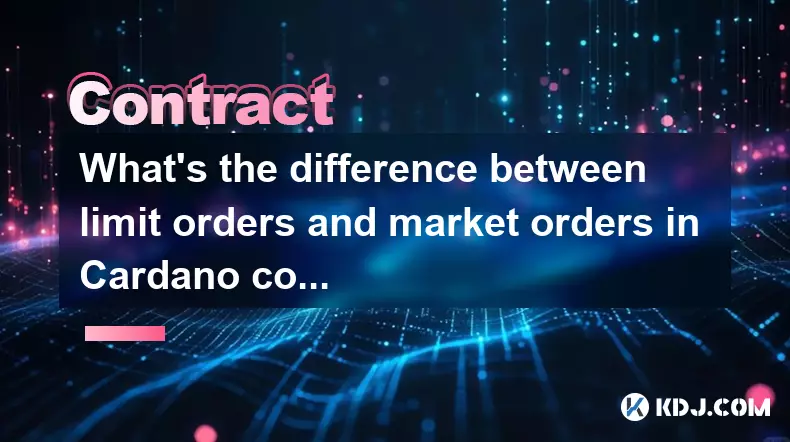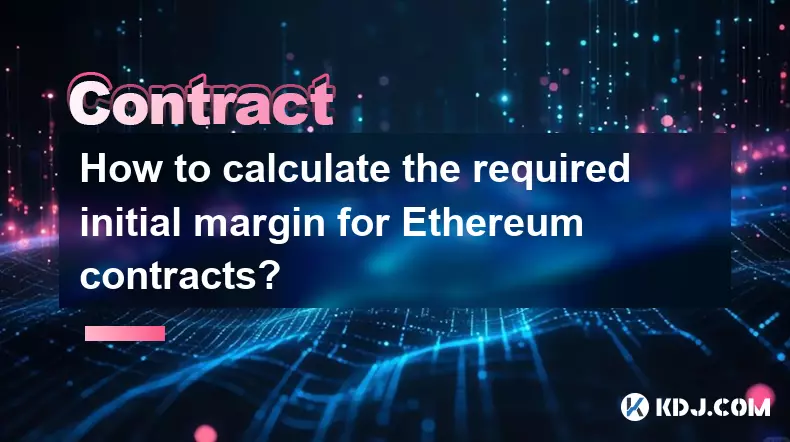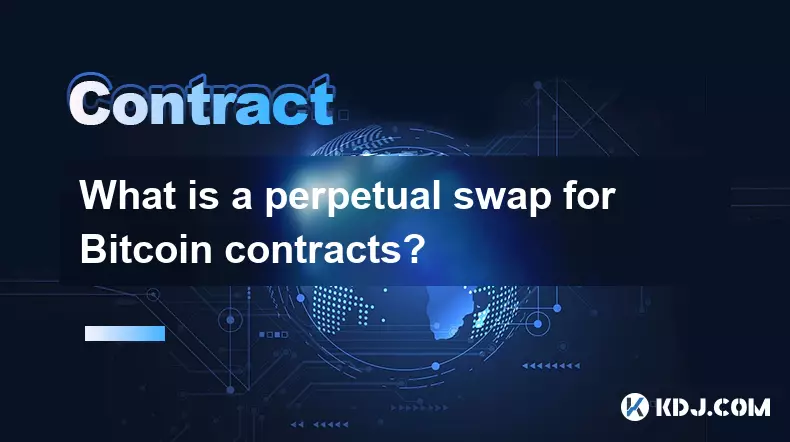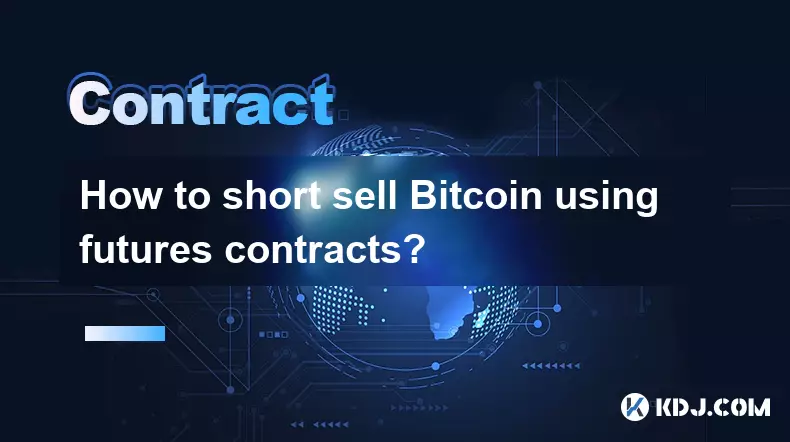-
 bitcoin
bitcoin $118548.520763 USD
3.67% -
 ethereum
ethereum $4352.564943 USD
4.79% -
 xrp
xrp $2.964058 USD
4.22% -
 tether
tether $1.000565 USD
0.05% -
 bnb
bnb $1028.372955 USD
1.46% -
 solana
solana $221.373507 USD
6.00% -
 usd-coin
usd-coin $0.999933 USD
0.02% -
 dogecoin
dogecoin $0.248633 USD
6.85% -
 tron
tron $0.341444 USD
2.38% -
 cardano
cardano $0.852946 USD
5.82% -
 hyperliquid
hyperliquid $47.869306 USD
6.15% -
 chainlink
chainlink $22.561476 USD
6.01% -
 ethena-usde
ethena-usde $1.001258 USD
0.05% -
 avalanche
avalanche $30.660000 USD
2.06% -
 stellar
stellar $0.400917 USD
9.76%
What's the difference between limit orders and market orders in Cardano contracts?
Market orders on Cardano execute instantly at best available price, while limit orders specify a target price and await matching, offering control but risking delays.
Sep 29, 2025 at 02:55 pm

Understanding Order Types in Cardano-Based Trading
1. A market order executes a trade immediately at the best available price on the order book. When interacting with decentralized exchanges built on Cardano, such as those using Plutus scripts, placing a market order means the transaction is settled instantly based on current liquidity. This ensures speed but may result in slippage during volatile conditions.
2. In contrast, a limit order allows users to specify the exact price at which they are willing to buy or sell assets. These orders do not execute immediately unless there is a matching counter-order. They remain on the blockchain ledger until either fulfilled or canceled, giving traders greater control over pricing.
3. The distinction becomes critical when smart contracts govern asset swaps. Market orders rely on existing bid-ask spreads encoded within automated market maker (AMM) pools. Limit orders require off-chain computation and validation through oracle-fed price data to determine execution eligibility within script contexts.
4. Execution certainty differs significantly between the two. Market orders guarantee completion but not price stability. Limit orders guarantee price parameters but not immediate fulfillment. This trade-off shapes how developers design user interaction layers for dApps operating on the Cardano blockchain.
5. From a scripting perspective, market orders typically trigger simple token exchange logic within Plutus validators, while limit orders demand more complex state management. Time-locked outputs and datum verification become essential components to enforce conditional settlement rules tied to predefined rates.
Security Implications of Order Handling in Smart Contracts
1. Market orders processed through AMMs reduce attack surface by minimizing conditional logic. Since trades occur against pool reserves, malicious actors have fewer vectors to exploit timing or pricing discrepancies.
2. Limit orders introduce additional risk due to their persistence on the chain. If not properly time-bound, stale orders can be front-run or manipulated if oracle inputs are compromised. Scripts must validate timestamps and enforce expiration mechanisms rigorously.
3. Validator scripts for limit-based trades must authenticate both the intent and constraints declared in the transaction. Any mismatch between the offered rate and the current reference price should result in script failure, preventing unintended executions.
4. Replay attacks are a concern when reusing order templates. Each limit order must include unique identifiers or nonce values embedded in the datum to prevent duplicate processing under identical conditions.
5. Fee structures also differ. Market orders usually incur standard swap fees defined by the pool, whereas limit orders might involve additional costs for maintaining order state or querying external price feeds via oracles integrated into the contract workflow.
Impact on Liquidity and User Experience
1. Market orders consume available liquidity directly, affecting pool ratios in AMMs. Frequent large-volume market trades can lead to temporary imbalances, increasing the cost for subsequent transactions until arbitrageurs restore equilibrium.
2. Limit orders contribute to order book depth without immediate impact on active reserves. When implemented correctly, they enhance price discovery and provide tighter spreads over time, especially in hybrid models combining order books with on-chain settlement.
3. User interfaces built atop Cardano dApps must clearly indicate whether an action triggers a market or limit execution. Mislabeling can lead to unexpected outcomes, particularly when gas-like fees (in ADA or native tokens) are consumed regardless of successful trade completion.
4. Slippage tolerance settings are crucial for market orders. Users need adjustable thresholds to define acceptable deviations from expected prices, with corresponding warnings displayed before confirmation to avoid losses during high volatility.
5. Wallet integrations play a role in managing pending limit orders. Since these are recorded as unspent transaction outputs (UTxOs), users must track them manually unless the application layer provides dedicated tracking tools backed by queryable metadata.
Frequently Asked Questions
Can a limit order be modified after submission on Cardano?No. Once a limit order is submitted as a UTxO with a specific datum, it cannot be altered. To change price or quantity, the original order must be canceled (by spending it back to the owner) and a new one created.
How are partial fills handled for limit orders in Plutus scripts?Partial fills are possible if the incoming offer matches part of the requested amount at the specified rate. The script splits the output accordingly, leaving a reduced remaining balance on the original UTxO or creating a new one reflecting the updated size.
Do market orders always execute in a single block on Cardano?While designed for immediate execution, network congestion or insufficient fees may delay inclusion in a block. However, once included, the trade settles atomically within that block’s context, assuming sufficient liquidity exists.
Are limit orders compatible with all Cardano DEXs?Not universally. Some decentralized exchanges use pure AMM models that only support market-style swaps. Others implement hybrid systems with order book functionality enabled through advanced Plutus logic and auxiliary services like off-chain indexers.
Disclaimer:info@kdj.com
The information provided is not trading advice. kdj.com does not assume any responsibility for any investments made based on the information provided in this article. Cryptocurrencies are highly volatile and it is highly recommended that you invest with caution after thorough research!
If you believe that the content used on this website infringes your copyright, please contact us immediately (info@kdj.com) and we will delete it promptly.
- BlockDAG, DOGE, HYPE Sponsorship: Crypto Trends Shaping 2025
- 2025-10-01 00:25:13
- Deutsche Börse and Circle: A StableCoin Adoption Powerhouse in Europe
- 2025-10-01 00:25:13
- BlockDAG's Presale Buzz: Is It the Crypto to Watch in October 2025?
- 2025-10-01 00:30:13
- Bitcoin, Crypto, and IQ: When Genius Meets Digital Gold?
- 2025-10-01 00:30:13
- Stablecoins, American Innovation, and Wallet Tokens: The Next Frontier
- 2025-10-01 00:35:12
- NBU, Coins, and Crypto in Ukraine: A New Yorker's Take
- 2025-10-01 00:45:14
Related knowledge

What is the difference between futures and perpetual contracts for Bitcoin?
Oct 02,2025 at 11:54pm
Understanding Bitcoin Futures Contracts1. Bitcoin futures are derivative instruments that allow traders to speculate on the future price of Bitcoin at...

What is the maintenance margin for Bitcoin contracts?
Oct 02,2025 at 01:36am
Decentralized Exchanges Gain Momentum in 20241. Decentralized exchanges (DEXs) have seen a significant rise in trading volume, surpassing centralized ...

How to calculate the required initial margin for Ethereum contracts?
Oct 01,2025 at 06:01am
Understanding Initial Margin in Ethereum Futures1. The initial margin for Ethereum futures contracts represents the minimum amount of capital a trader...

What is a perpetual swap for Bitcoin contracts?
Oct 01,2025 at 08:18am
Understanding Perpetual Swaps in Bitcoin Trading1. A perpetual swap is a type of derivative contract that allows traders to speculate on the price of ...

What is the best platform for trading SOL contracts?
Oct 01,2025 at 06:36am
Understanding the Role of Decentralized Exchanges in Modern Crypto Trading1. Decentralized exchanges (DEXs) have reshaped how traders interact with di...

How to short sell Bitcoin using futures contracts?
Oct 01,2025 at 02:54am
Understanding the Role of Decentralized Exchanges in Crypto Trading1. Decentralized exchanges (DEXs) have become a cornerstone of the cryptocurrency e...

What is the difference between futures and perpetual contracts for Bitcoin?
Oct 02,2025 at 11:54pm
Understanding Bitcoin Futures Contracts1. Bitcoin futures are derivative instruments that allow traders to speculate on the future price of Bitcoin at...

What is the maintenance margin for Bitcoin contracts?
Oct 02,2025 at 01:36am
Decentralized Exchanges Gain Momentum in 20241. Decentralized exchanges (DEXs) have seen a significant rise in trading volume, surpassing centralized ...

How to calculate the required initial margin for Ethereum contracts?
Oct 01,2025 at 06:01am
Understanding Initial Margin in Ethereum Futures1. The initial margin for Ethereum futures contracts represents the minimum amount of capital a trader...

What is a perpetual swap for Bitcoin contracts?
Oct 01,2025 at 08:18am
Understanding Perpetual Swaps in Bitcoin Trading1. A perpetual swap is a type of derivative contract that allows traders to speculate on the price of ...

What is the best platform for trading SOL contracts?
Oct 01,2025 at 06:36am
Understanding the Role of Decentralized Exchanges in Modern Crypto Trading1. Decentralized exchanges (DEXs) have reshaped how traders interact with di...

How to short sell Bitcoin using futures contracts?
Oct 01,2025 at 02:54am
Understanding the Role of Decentralized Exchanges in Crypto Trading1. Decentralized exchanges (DEXs) have become a cornerstone of the cryptocurrency e...
See all articles










































































